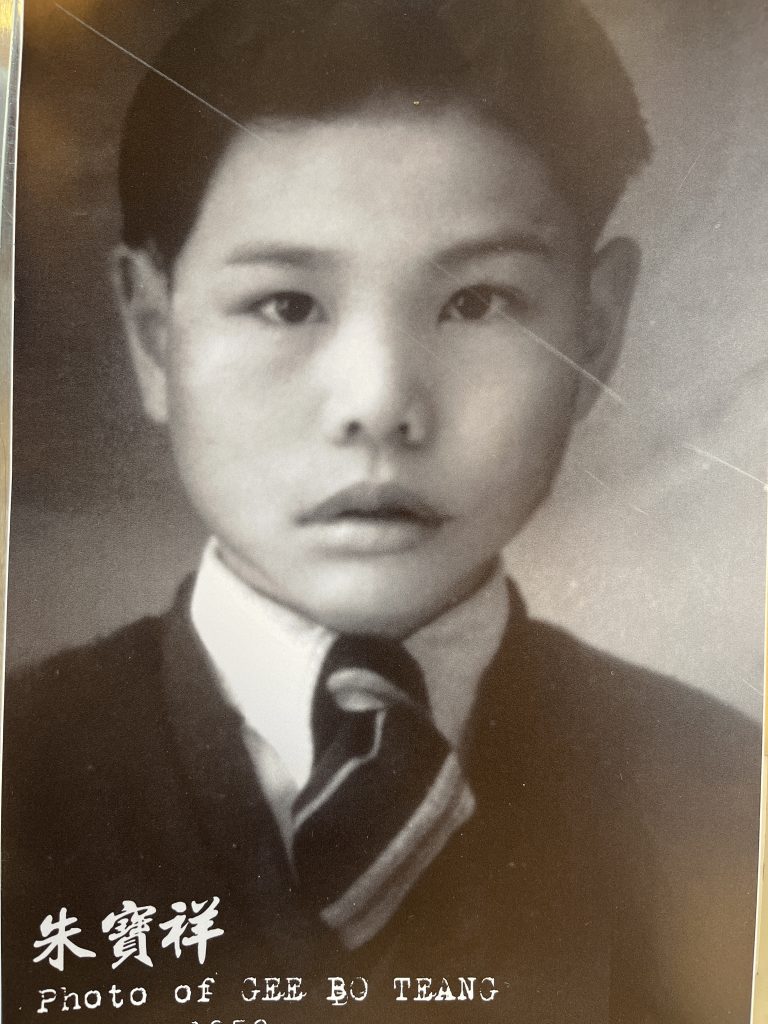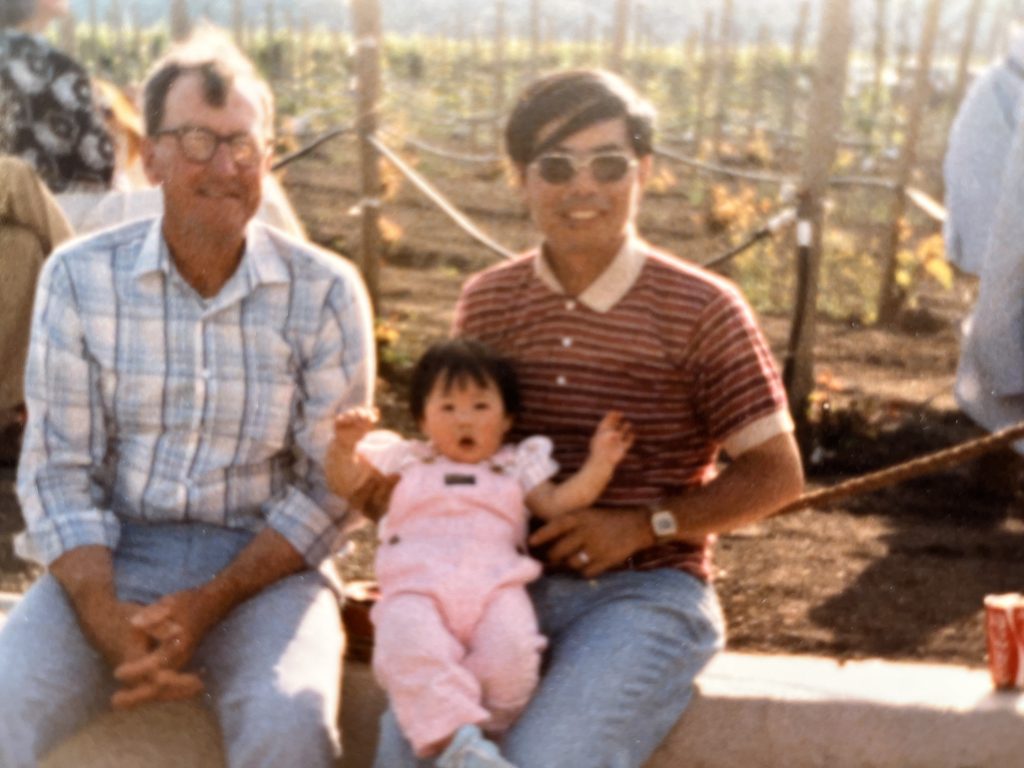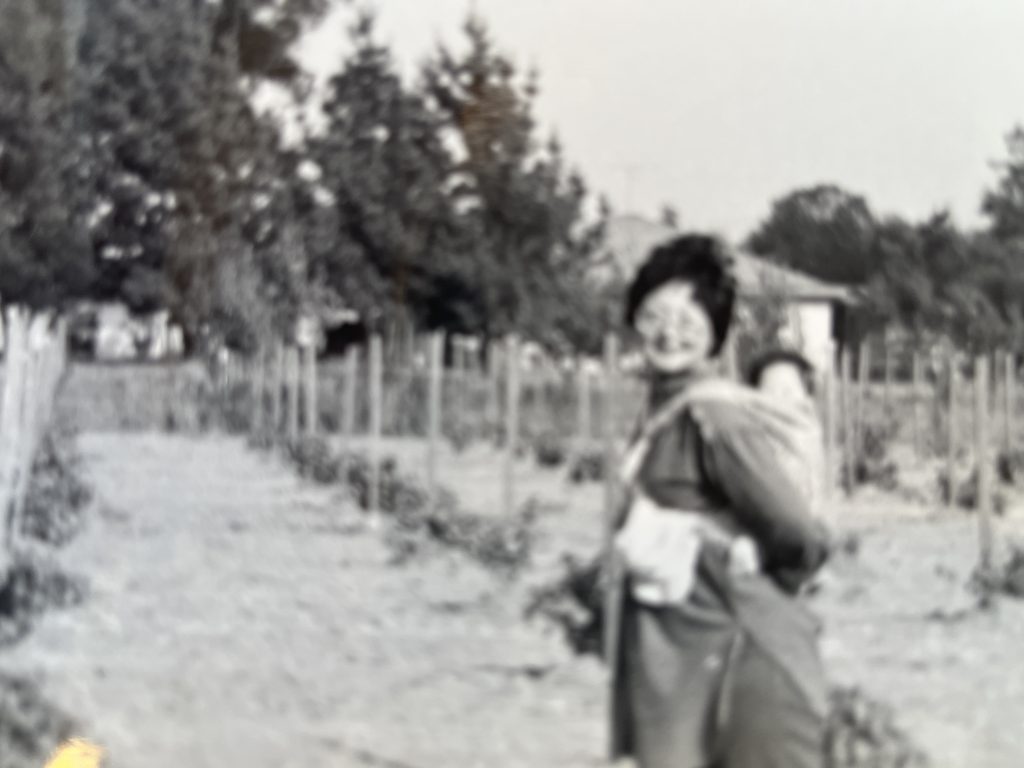Dr. Paul Gee, Northern California’s first Chinese American vintner, has played an integral role in shaping the Napa Valley wine country we know today. Born in Toisan, China, Dr. Gee immigrated to the United States as a child, eventually establishing himself as a respected vintner and a significant figure in the history of Chinese immigrants in the Napa Valley and Bay Area communities, instrumental in highlighting the pivotal role of Chinese immigrants.
In 1984, Dr. Gee made his mark on Napa Valley by planting 17 acres of head-trained Pinot Noir vines by hand in the Carneros region. This area is known for producing exceptional Pinot Noir and Chardonnay due to its unique microclimate influenced by its proximity to San Pablo Bay. It was a labor of love he and his children undertook together.
His vineyard on Buchli Station Road has always been dry-farmed—a rare and admirable practice using minimal irrigation to promote healthier vines and produce more concentrated flavors in the wine. Dr. Gee’s vineyard sits directly across from the Bouchaine estate, and Dr. Gee has sold his fruit exclusively to the small-lot, premium winery for forty years. He’s an integral part of the Bouchaine family today.
In 2022, he was honored with the Key to Napa, recognizing his decades of hard work and dedication. His remarkable journey was also captured in the documentary “From Toisan Rice Field to Napa Grape Field.”
At 88 years old, Dr. Gee’s legacy continues to inspire, and his contributions to the Napa community have not gone unnoticed. In 2022, he was honored with the Key to Napa, recognizing his decades of hard work and dedication. His remarkable journey was also captured in the documentary “From Toisan Rice Field to Napa Grape Field,” which shows a man who overcame adversity to become a pivotal figure in Napa Valley’s rich history.




Below, Dr. Gee reflects on his journey and the role of Chinese immigrants in developing Napa Valley.
- You’ve had a successful partnership with Bouchaine for years, and they are delighted with it. Explain how that came to be and why it has been so long-lasting. Before my relationship with Bouchaine, there was someone who offered to buy my grapes. Once harvest came around, he said he couldn’t buy my grapes anymore or would buy them at a lower price than we had initially agreed to. I walked away and happened to meet the owners of Bouchaine. I went to them and offered to sell my grapes to them instead. Our relationship has lasted all this time because I liked working with them –they’re the only winery I’ve ever sold my grapes to–and they like my grapes. I also enjoy working with the Bouchaine team, especially Chris [Kajani], the winemaker.
- Your Pinot Noir vines are head-trained and dry-farmed. Explain how these viticultural decisions were made and impacted your fruit. A good friend of mine, Harry (James) St. Clair, who I used to work with on Mare Island, taught us how to farm. He already planted a vineyard using the dry-farming technique. Actually, Harry and his wife, Hilda, were the ones who told us about a property near their place that was for sale, which my wife and I eventually bought and turned into a vineyard. Dry farming involved a lot of watering in the beginning when they were rootstocks, but once the roots were grown deep down in the soil, we didn’t have to water anymore and relied on nature to water each year. This type of farming makes the pinot noir more tasty.
- I’ve seen the photos of you on your mother’s back as she carried you through the fields in China. You’ve lived quite a lifetime, and your progression from that image to today and all you’ve accomplished is very inspiring. What memories of China stand out to you? When we left China for Kowloon because of World War 2, I remember carrying one of my brothers on my back while my mom carried the second oldest. I went to school there and then transferred to an English school.
- What does your story tell us about the history of Napa Valley (or, more broadly, California) and its future? I was the only Chinese vintner during that time. It was only a century before I started my vineyard that Chinese laborers experienced racism and were forced out of nearby Sonoma.
- I was moved by Stephanie’s story of your parents, especially when they moved to the Napa countryside, where they felt most at home. Tell me about what that meant to them and to you to have that experience. Instead of being stuck in a small apartment in the city, my parents could go outside, grow vegetables, enjoy fresh air, and move around. To me, this vineyard was a labor of love with all the family and close friends coming together to help plant it.
- What would you like your legacy to be? What would you like your children to take forward? I would like to be known as the first Chinese grape farmer in Napa, and I hope my children and grandkids will be interested in continuing the vineyard.
